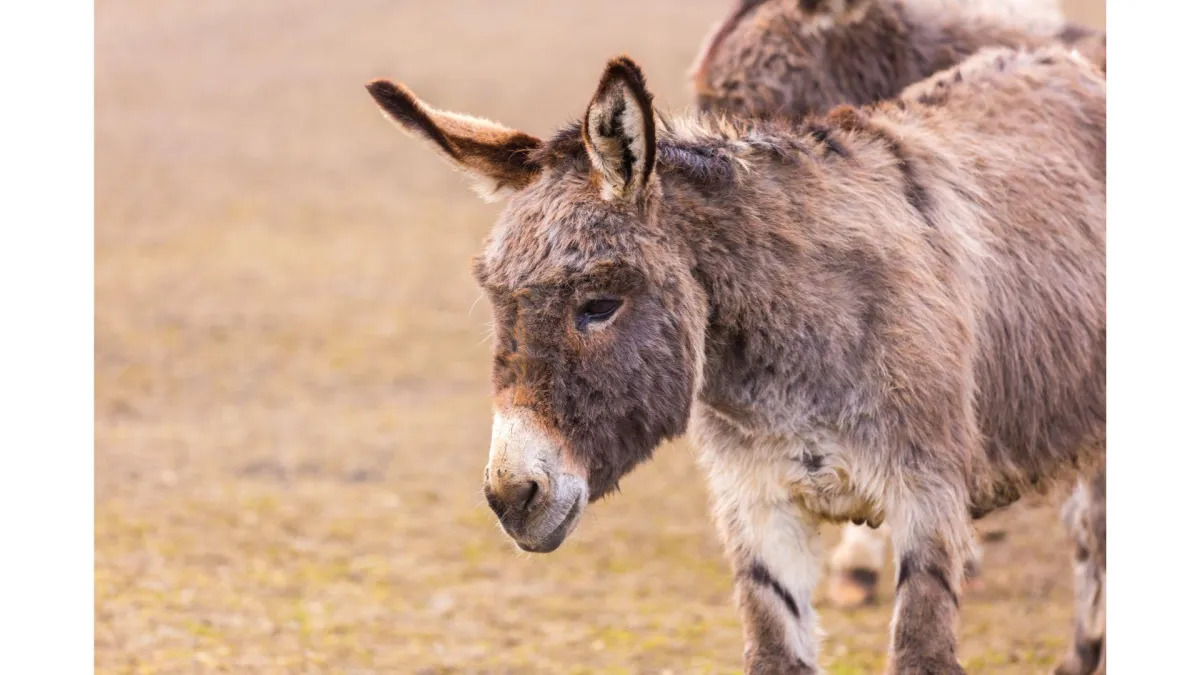
Lameness in Livestock - Part 2: Lameness in horses, ponies and donkeys
Foot problems are one of the most common causes of lameness in horses, ponies, and donkeys. Recognising the early signs and acting quickly can make all the difference to the animal’s comfort and recovery.
Why foot problems are so painful
Horses walk on a single toe per foot, encased in a hard hoof. When that hoof becomes inflamed due to injury or infection, the swelling has nowhere to go. The result? Significant pressure and pain.
One of the most reliable signs of foot pain is lameness. A horse with an uneven gait should always be checked immediately to identify the cause.
Common causes of lameness in horses
Stone bruises
Stone bruises are a frequent cause of lameness, particularly in horses working on hard or rocky ground.
If you suspect a bruise or abscess, drainage through the sole may be required — but this should only be done by an experienced professional.
Without treatment, bruising can lead to a foot abscess that may eventually burst at the coronet band and take months to heal.
Treatment involves:
Careful cleaning and bandaging
Possible antibiotics from a vet
Strict hygiene to prevent further infection
Traumatic injury
Cuts and abrasions often lead to swelling and lameness. Minor wounds should be gently hosed, then treated with antiseptic or vet-recommended ointment. Serious wounds need veterinary attention, especially those that are:
Bleeding heavily
Contaminated with debris
Deep or gaping
Your vet may recommend:
Stitches or pressure bandages
Antibiotics
Tetanus antitoxin (if not vaccinated)
Strains and blunt trauma (such as sore shins or tendon injuries) are also common causes of lameness. Rest is key, and recovery can take several weeks.
Laminitis (Founder)
Ponies and donkeys, particularly if overweight, are prone to laminitis. This painful condition causes inflammation in the front feet.
Early treatment includes:
Removing from pasture
Feeding only hay and water
Pain relief from your vet
If left untreated, laminitis can cause permanent hoof damage. Long-term treatment requires expert trimming and ongoing management.
Arthritis
Arthritis is especially common in older horses, though younger horses can develop it after joint injuries.
The affected joint often becomes swollen and stiff.
Treatment options include:
Pain relief (e.g. bute)
Joint supplements
Controlled exercise
Some cases cannot be cured, only managed. If arthritis severely impacts quality of life and mobility, euthanasia may be the kindest option.
Other causes of lameness
Over-trimming can leave the sole tender.
Exercise on hard ground can wear the horn and cause soreness.
Allow time for hoof recovery before resuming work.
Muscle stiffness or back injuries may also cause an uneven stride.
Preventing foot problems in horses and donkeys
Check and clean hooves at least weekly.
Schedule regular trimming with a qualified farrier.
Maintain a healthy body condition.
Provide regular gentle exercise to avoid obesity and stiffness.
Learn more
Want to confidently identify and manage common hoof issues? Our Feet & Foot Problems online course has practical advice tailored for lifestyle farmers.
Continue the Series
Part One: Lameness in Livestock Overview
Part Three: Lameness in Sheep, Goats, Cattle and Deer

